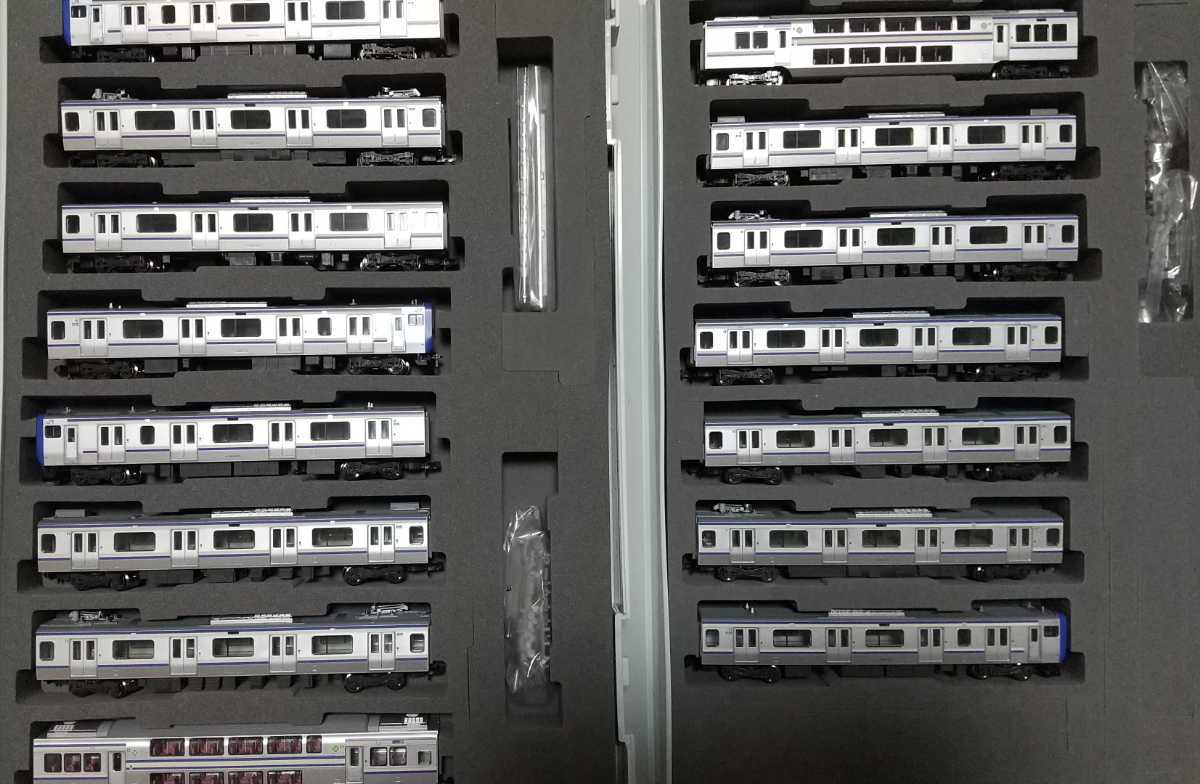
新入荷再入荷
仮面ライダー 【ディケイド】 コスプレセット 95%新品
 タイムセール
タイムセール
終了まで
00
00
00
999円以上お買上げで送料無料(※)
999円以上お買上げで代引き手数料無料
999円以上お買上げで代引き手数料無料
通販と店舗では販売価格や税表示が異なる場合がございます。また店頭ではすでに品切れの場合もございます。予めご了承ください。
商品詳細情報
| 管理番号 | 新品 :49901841 | 発売日 | 2024/10/06 | 定価 | 157,000円 | 型番 | 49901841 | ||
|---|---|---|---|---|---|---|---|---|---|
| カテゴリ | |||||||||
仮面ライダー 【ディケイド】 コスプレセット 95%新品
95%新品 キズや摩耗は少々あります。完璧に求めるお客様は購入しないでください。 マスク右目のアーマーはヒビがあります(既に修復しました)マスク右目は少しだけ摩耗の痕跡があり マスクは3Dプリンターpla素材です。アーマーはPVC樹脂素材です。 ヘルメットお頭周り60CM、対応身長170-180CM、対応体重60-70KG 靴サイズ:25.5cm 武器、ベルトを外してセットで販売しております。(写真をご参考下さい) セット内容:マスク、胸アーマー、肩アーマー、手アーマー、足アーマー、グローブ、靴、インナースーツ 早い者勝ち 注意:セカンドハンドです。しっかり考えてください。購入後は、返品返金や交換などは一切できません。 発送前は、画像を撮って確認させます。自分は商品をしっかりチェックしてから、念入りに梱包して発送いたします。運輸中での損害は責任を取りません。ぜひ本人で査収してください。購入後は、返品返金や交換などは一切できません。 他に何か問題があったら、いつでもご連絡ください。






























